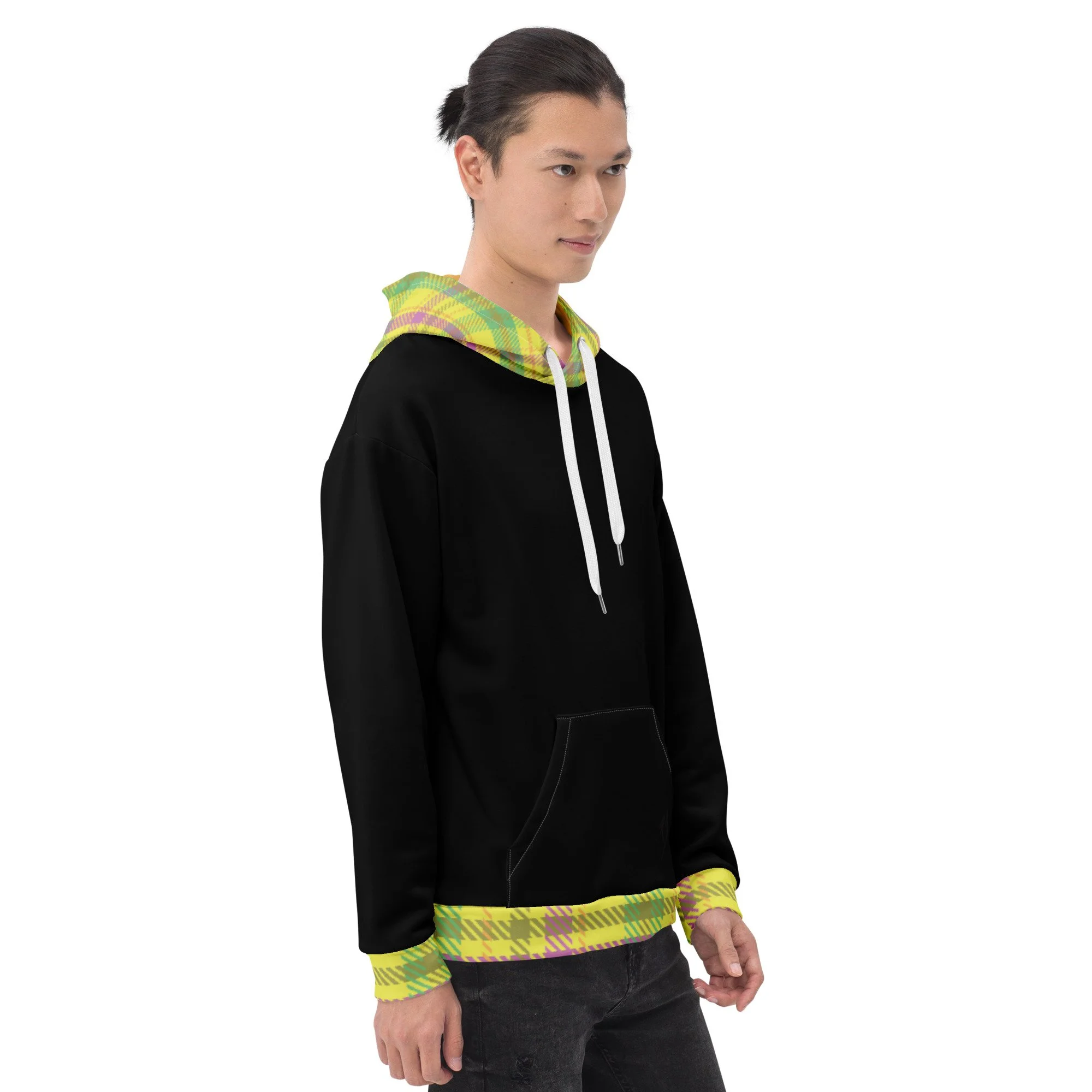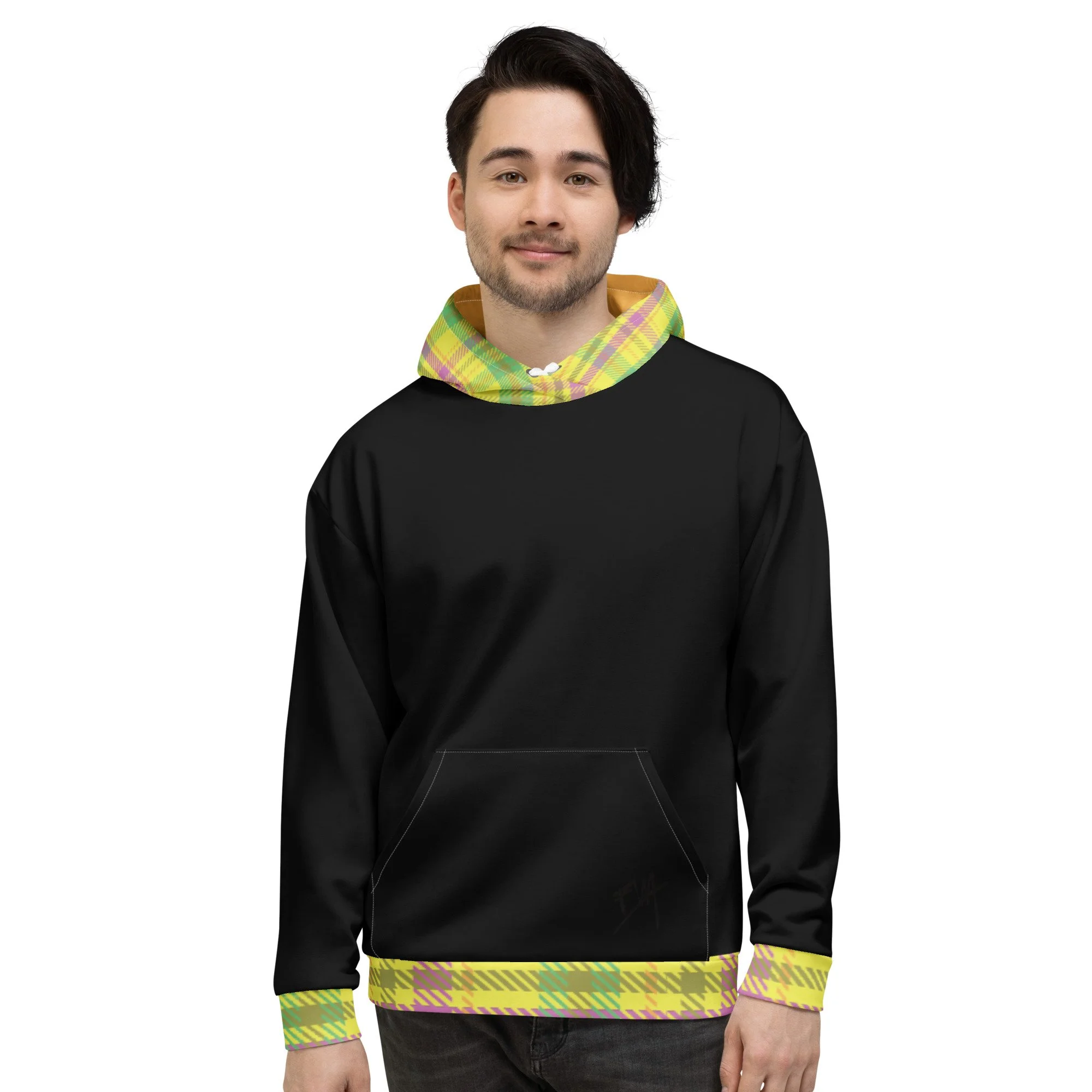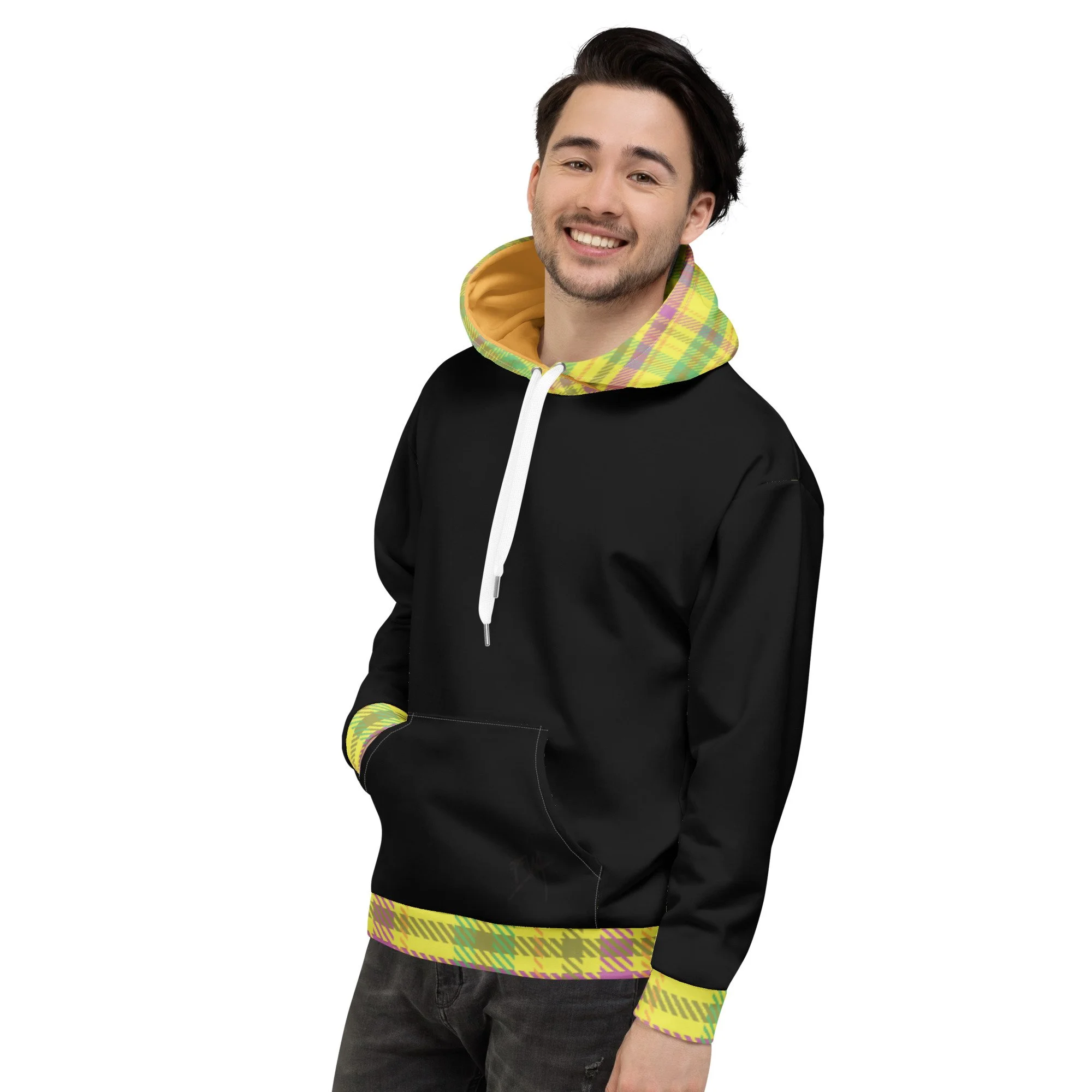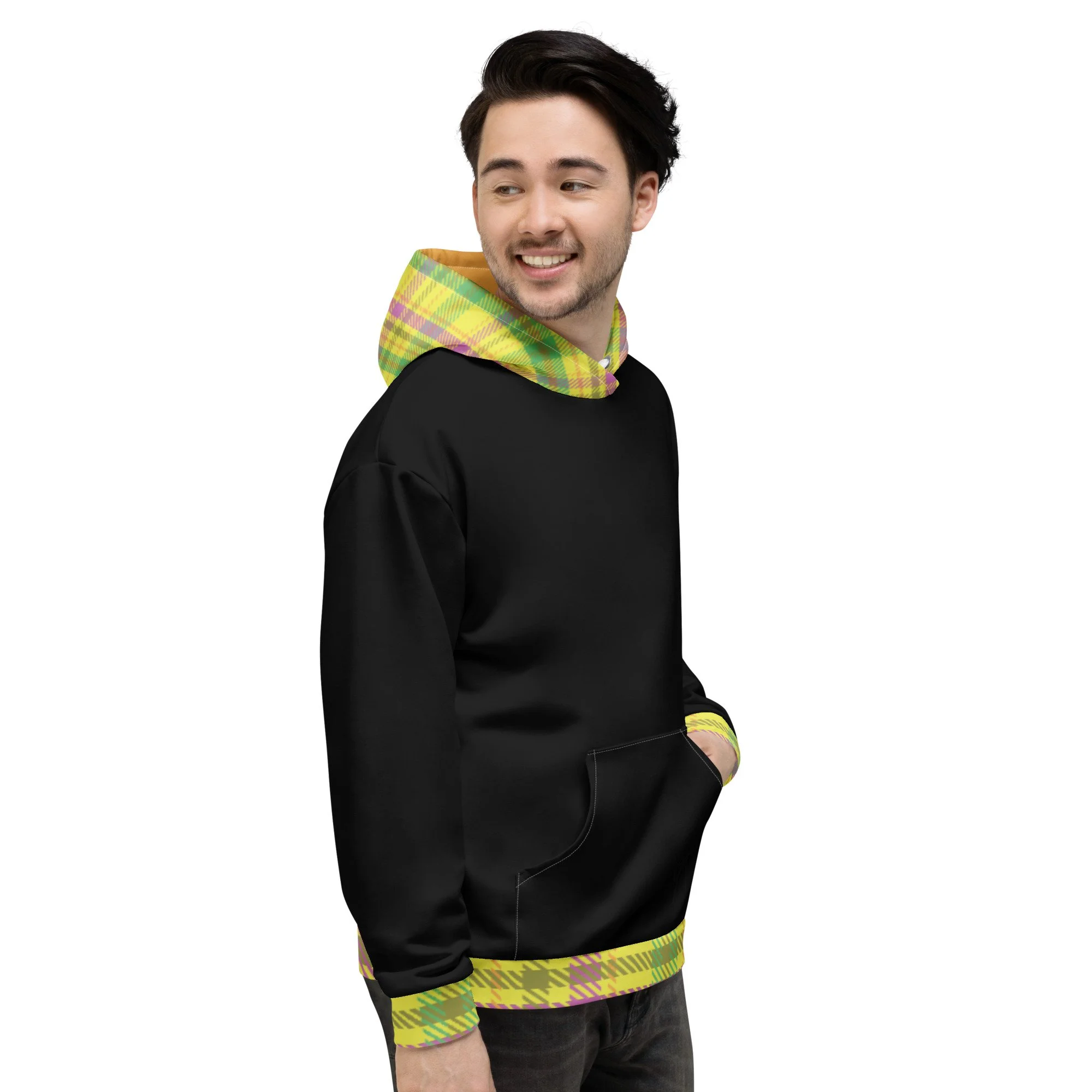Born from experience. Designed with intention.
Adaptive. Stylish. Protective. Empowering.
Welcome to a new kind of fashion where design meets neurology, and style meets sensitivity.
Born from lived experience, our brand is crafted for those of us who navigate the world a little differently.
Whether it’s noise, light, touch, or energy our clothing is made to support the neurodivergent body and soul.
✔️ Noise-canceling headwear
✔️ EMF-shielding silver linings
✔️ Ultra-soft fabrics for hypersensitive skin
✔️ Thoughtfully engineered designs that protect and empower
We don’t hide.
We redefine what fashion can be.
Non-Profit.
Our profits support a non-profit foundation NDWA.
Focused on helping children with similar neurological traits and advancing inclusive design through research and development.
Join the revolution of vibrant minds.
This is fashion for those who feel the world deeply and are ready to show up in color.
Why This Exists
While the exact causes of autism are complex and not fully understood, research suggests that genetics play a significant role. Studies have estimated that genetics account for around 90% of the risk for developing autism. This means that variations in genes and chromosomes, including inherited and spontaneous mutations, are strongly implicated in autism.
Level 1 autism, also known as high-functioning autism, is the mildest level of autism spectrum disorder (ASD). Us with Level 1 autism experience challenges with social interactions and communication, but these challenges can often be addressed with appropriate support. We may have difficulty initiating conversations, understanding social cues, or exhibiting some repetitive behaviors.
Here's a more detailed look at Level 1 autism:
Key Characteristics:
Social Communication:
Individuals may have difficulty initiating conversations, understanding social cues, or responding appropriately to social advances. We might struggle with nonverbal communication like body language or facial expressions.
Behavioral Flexibility:
We may have difficulty with transitions between activities, organization, or planning, and may have strong preferences for routines.
Functioning:
Individuals with Level 1 autism can often manage daily life independently, but support systems can be beneficial in fostering a supportive environment.
Support Needs:
Level 1 individuals may require support to navigate social situations, communicate effectively, and manage our daily lives.
Sensory Sensitivities:
Many individuals with autism experience sensory sensitivities, which can impact our ability to function in everyday situations.
Diagnosis:
Level 1 autism is diagnosed based on criteria outlined in the Diagnostic and Statistical Manual of Mental Disorders (DSM-5), which classifies ASD into three levels of support needs.
The DSM-5 criteria include persistent deficits in social communication and social interaction across multiple contexts and restricted or repetitive patterns of behavior, interests, or activities.
The severity of these deficits determines the level of support required by the individual.
Treatment:
Treatment for Level 1 autism focuses on addressing symptoms, providing ongoing support, and maximizing the individual's potential.
Treatment options may include early diagnosis and clinical intervention, customized treatment protocols, and neurofeedback or neurostimulation, according to the Drake Institute.
Applied behavior analysis (ABA) therapy can also be beneficial in addressing communication and social skills deficits.
Important Considerations:
The term "high-functioning autism" is outdated and may not accurately reflect the full spectrum of experiences within Level 1 autism.
Level 1 autism is a spectrum, and individuals may experience a wide range of challenges and strengths.
With appropriate support and interventions, individuals with Level 1 autism can thrive and achieve their full potential.
This is for informational purposes only. For medical advice or diagnosis, consult a professional.











